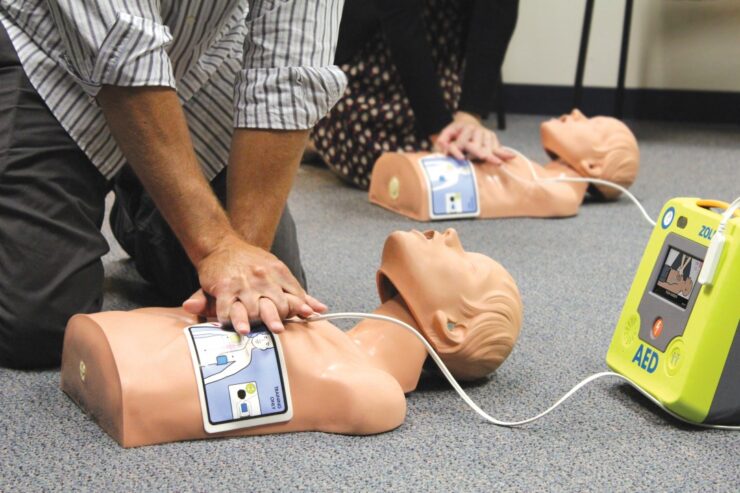Cardiopulmonary Resuscitation is a life-saving skill that can make all the difference in emergency situations. Learning CPR can equip you with the ability to save a life when it matters most. But what exactly do you learn in a CPR class? In this article, we’ll break down the key elements of CPR training to help you understand what to expect when you sign up for a class.
1. Basic Anatomy and Physiology
Before delving into the practical aspects, instructors typically begin with a brief overview of basic anatomy and physiology. Understanding how the heart and lungs function is crucial for effective Cardiopulmonary Resuscitation. Students learn about the heart’s role in pumping oxygenated blood to the body’s vital organs and how the respiratory system helps supply oxygen to the blood.
2. Recognizing Cardiac Arrest
Recognizing the signs of cardiac arrest is the first step in administering CPR. Instructors teach students how to identify when someone is in distress or experiencing a cardiac emergency. This includes understanding the difference between a heart attack and cardiac arrest.
3. Chest Compressions

Chest compressions are the cornerstone. In class, students learn the correct technique for delivering chest compressions, including the proper hand placement, compression depth, and rate. Hands-on practice with manikins is a crucial part of this training to ensure students can apply the technique effectively.
Most people believe that first aid it’s just chest compressions, but students at Oakville CPR and first aid know there are several skills to develop during the course that will be useful to save lives.
4. Rescue Breaths
In addition to chest compressions, CPR also involves rescue breaths to provide oxygen to the victim’s lungs. Students learn how to give effective rescue breaths, including the importance of proper head positioning and the right volume of air to deliver. This vital aspect of training ensures that individuals are well-prepared to respond in emergencies, and it’s a skill you can acquire through dedicated courses such as MyCPR NOW.
5. Automated External Defibrillator (AED) Use
AEDs are essential tools in cardiac emergencies. CPR classes often cover the use of AEDs, teaching students how to locate and operate these devices. AEDs can analyze a person’s heart rhythm and, if necessary, deliver an electric shock to restore normal heart function.
6. Hands-Only CPR
While traditional CPR includes rescue breaths, instructors also teach hands-on CPR. This technique focuses solely on chest compressions and is recommended for individuals who may be uncomfortable with or unable to perform rescue breaths.
7. Special Considerations

CPR classes may also cover special considerations, such as Cardiopulmonary Resuscitation for infants and children, as their needs differ from adults. Students learn how to adapt their CPR skills to various age groups.
8. Legal and Ethical Considerations
Understanding the legal and ethical aspects of providing CPR is another important component of CPR training. This includes learning about Good Samaritan laws that protect those who provide assistance during emergencies.
9. Certification
After completing the training, students typically undergo an assessment to demonstrate their knowledge and skills. Upon successful completion, they receive a CPR certification card, which is valid for a specified period, usually two years.
Conclusion
CPR classes provide essential knowledge and skills for responding to cardiac emergencies. Participants learn not only how to recognize and respond to cardiac arrest but also gain the confidence to act swiftly and effectively. With the right training, anyone can become a lifesaver, making CPR classes a valuable investment in both personal and public health.

